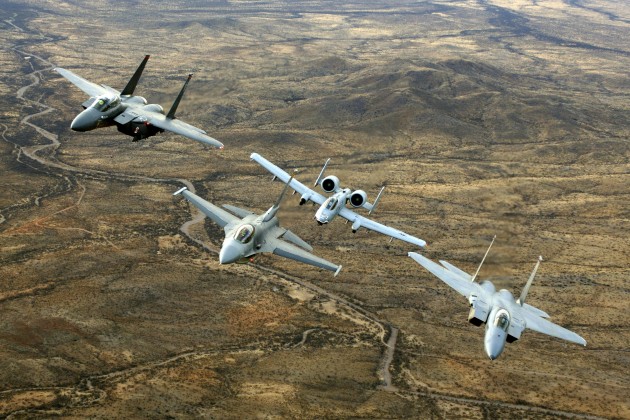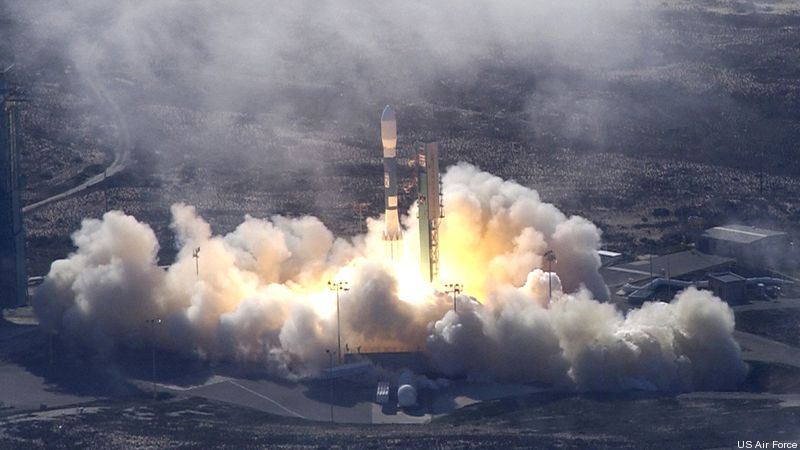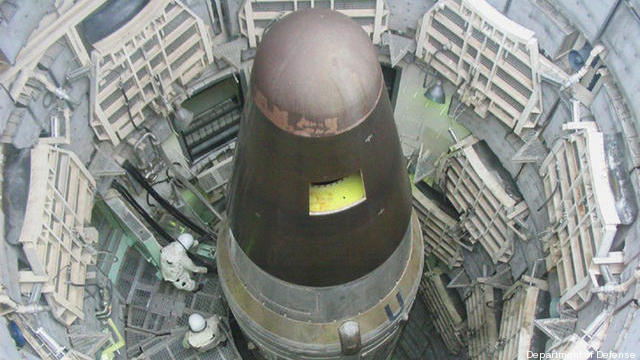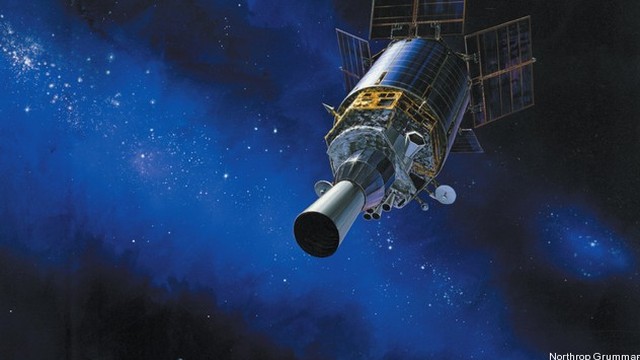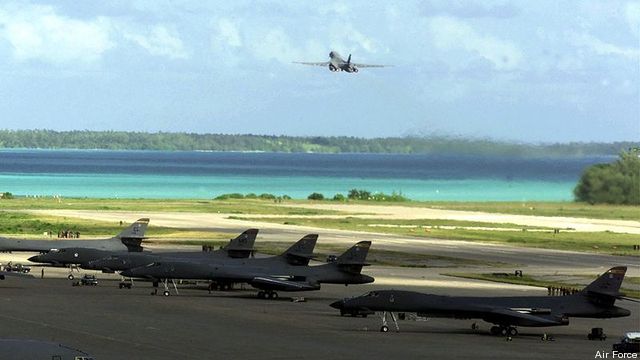Why America Needs The Air Force: Rebuttal To Prof. Farley
Posted on
As sequestration forces the Pentagon to consider truly transformative cuts to the U.S. military, the knives are coming out even more readily than usual in a town known for fierce infighting. Today’s budget environment has created an open season on traditional concepts of roles and missions. Service leaders have become far more vocal in warning about the potential of a 1970s-style hollowed out force, or the potential need to shed certain capabilities in order to protect core functions.
In part, the services are working in a vacuum created by the lack of strategic direction coming from the White House. The January 2012 Defense Strategic Guidance was not strategic and failed to provide any practical guidance for responding to the key challenges facing U.S. core interests. As a result, a growing sense of ‘anything goes’ is pervading an increasingly hyperbolic defense discussion.
An extreme example of that is a piece by Robert Farley, an assistant professor at the University of Kentucky. Entitling his piece “America Does Not Need the Air Force,” Farley asserts that the U.S. Air Force was unnecessarily separated from the Army in 1947, that its core functions can be handled by both the Navy and the Army, and that its existence is an example of the worst form of redundancy in U.S. defense organization. Instead, it should be disbanded and rolled back into the ground forces, while letting the Navy keep its air arm.
This belief leads Farley to fundamentally misstate the core role of the Air Force. Farley sees it solely as a support force, providing reconnaissance, transport, and direct attack against enemy forces. He largely dismisses the role of strategic bombing, as well, which he believes the Air Force used to protect its bureaucratic existence in the 1950s and 1960s. Nor does Farley talk about the space, missile or ISR roles the Air Force plays. Yet it is in these realms that the Air Force provides indispensable capabilities that neither the Army nor the Navy can or will replicate, given their more limited core missions.
To dismiss the particular demands of fighting in a new dimension (the sky and space) makes as little sense as to deny the importance of land and sea forces. Military innovation has always been about expanding capabilities. To argue that Army and Navy air arms performed well in World War II, and thus there is no need today for an independent Air Force is to ignore the vastly expanded global missions the U.S. military currently takes on. Indeed, only the Air Force provides a unique global capability for both steady-state and surge environments that makes possible the joint operations on which the Pentagon has become dependent.
Which other service could or would embrace two-thirds of the nuclear mission (bombers and missiles), or operate the satellites that provide the intelligence and communications ability and the airlift assets upon which all elements of the U.S. Government depend? Moreover, for even ‘traditional’ missions, it is inconceivable that the Army would develop and maintain a conventional bomber force that would be used when ground forces were not deployed, since it would not see such a capability as part of its core roles. Nor would the Navy field a significant amount of close air support planes to protect ground troops, when its primary mission for naval air has been the protection of the fleet and initial strikes at enemy beachheads. It is only the Air Force that can, and does, exploit the full range of possibilities of operating from the aerial realm to ensure the fulfillment of defense objectives. Splitting up that capability will not make the U.S. military more effective, but rather less so.
Farley argues that the airpower “works best in conjunction with the application of land or sea force.” Indeed it does, but that is descriptive, not prescriptive, and certainly not an argument that a dedicated, globally spanning air arm is unneeded. As he notes, both the Army and Navy have become more integrated over time, yet still distinct. Same with the Air Force, which, when properly used, can deliver strategic and operational effects across the spectrum of enemy capabilities, not to mention provide public goods to the other services that they would not have the ability to invest in, such as global mobility or space.
Yet most importantly, Farley misses the two central reasons why the U.S. Air Force is not only needed, but is indispensable to American strength. The first is the precisely the idea of being a global power. The nature of ground forces means that they cannot act with speed, especially in the beginning stages of a conflict. Building up sufficient forces to undertake military operations can take months. Nor can the Navy have a ship in more than one place at one time. The Air Force is the only service that is globally positioned with a complete range of capabilities that can reach anywhere on earth in a matter of hours, with a mission set separate from mere support activities. Moreover, it can reach areas far inland where the Navy cannot go, and overseas in a way the Army is unable to. The Air Force has perfected the ability to bring relief supplies, peer into enemy territory, strike at key infrastructure, or control the skies anywhere in the world on command – all of which makes America the type of truly global power it is.
Second, Farley misses the operational reality of today’s politics. The President’s Defense Strategic Guidance was a giant green light for increased airpower to uphold America’s global commitments and project power. Not for the foreseeable future will our country commit to sending tens of thousands of troops for extended land-based operations. The full range of airpower will increasingly be employed to shape the international environment, defuse crisis, and cap conflict. That cannot be done piecemeal; it can, however, be done flexibly and with the least loss of American life by the Air Force, in conjunction with the Navy and the support of the Army. Farley is right that it makes no sense simply to divide up the defense budget pie equally between the three main services. A better proportion would in fact give more money to the Air Force to expand its capabilities that underpin the operation of the joint force.
The other services may indeed use their air arms to support their missions, but fulfilling the strategic objectives of the United States will depend ever more heavily on an independent Air Force that is able to exploit every advantage from the air domain, just as the Navy exploits every advantage from the sea. To expect global airpower without the Air Force is a fantasy, especially in today’s budget environment. If Mr. Farley wanted to be truly radical, he would have called for abolishing the Army and Navy’s air wings and folding them into the only airpower service that can make the full use of their ability.
Michael Auslin is a scholar at the American Enterprise Institute in Washington. Follow him on Twitter @michaelauslin.
Subscribe to our newsletter
Promotions, new products and sales. Directly to your inbox.

